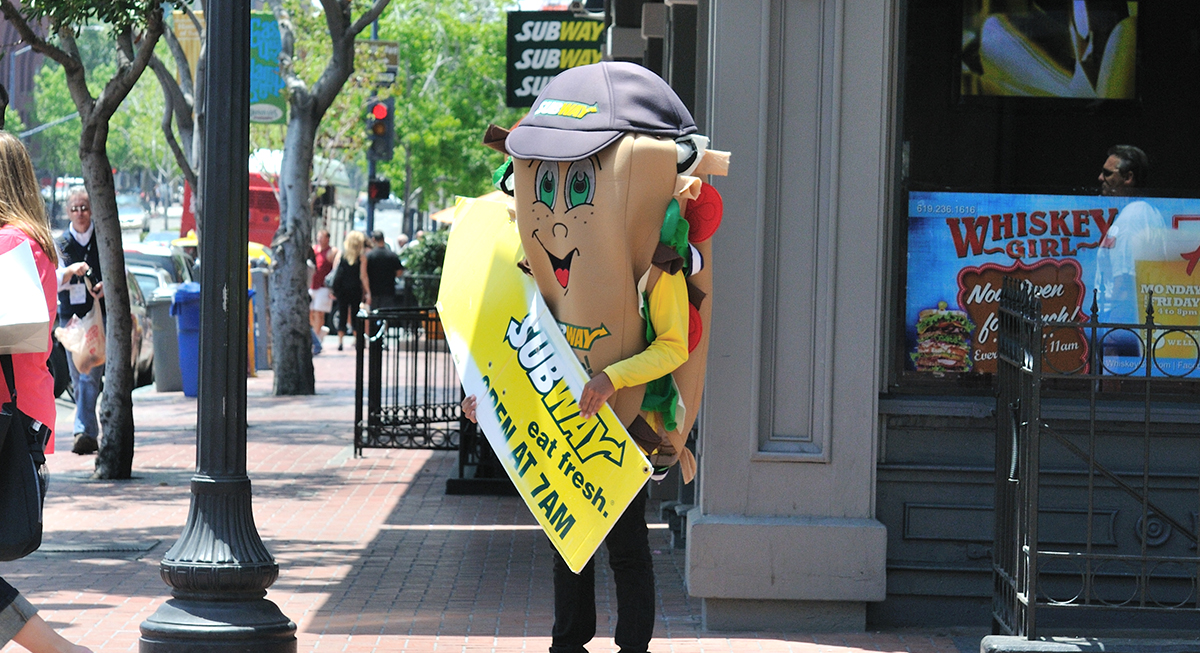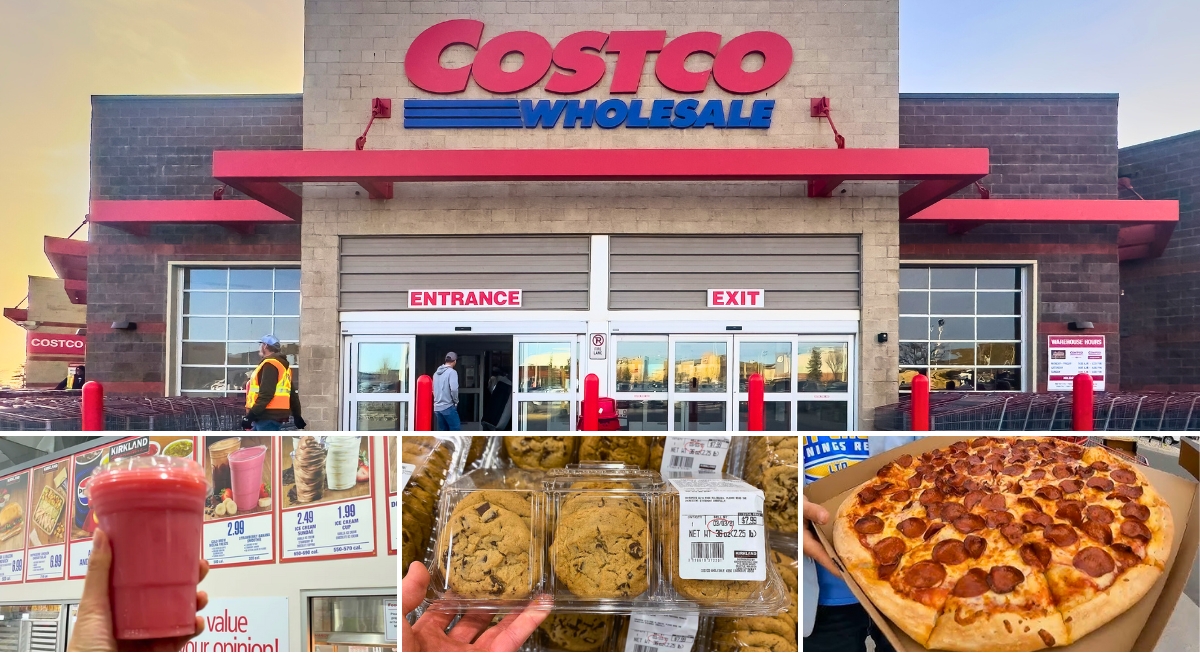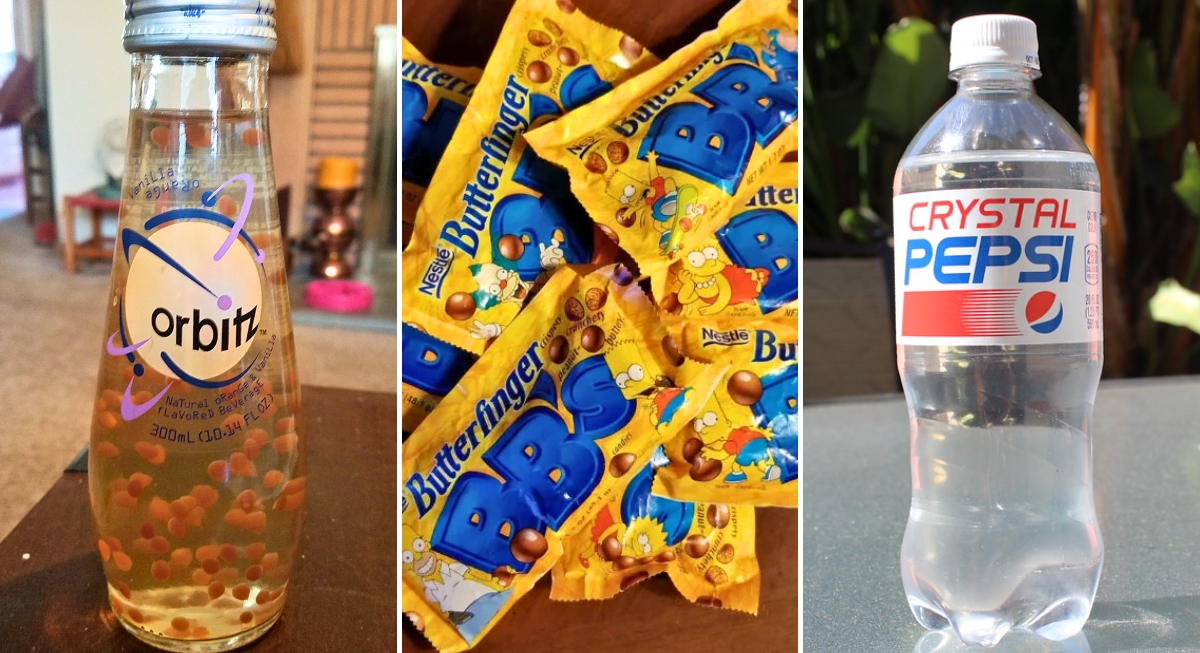The fast-food industry is a cornerstone of American culture, but even the most beloved chains aren't immune to changing tastes, rising competition, and economic challenges. Some iconic brands that once seemed untouchable are now facing significant hurdles that could threaten their future. Let's take a closer look at some fast-food chains that might be at risk—and the factors contributing to their uncertain future.
Burger King
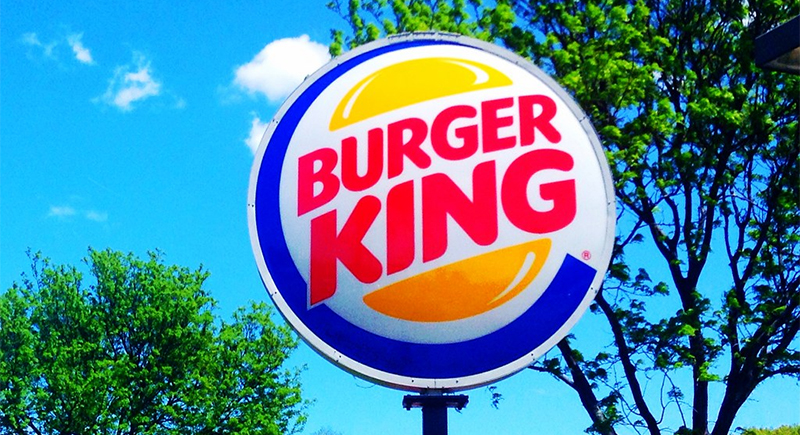
Credit: flickr
The flame-grilled Whopper is iconic, but Burger King’s once-unshakable reign is slipping. In 2023, Burger King closed up to 400 stores by the end of the year and will continue focusing on closures in areas where the competition is too hot to handle.
Ruby Tuesday
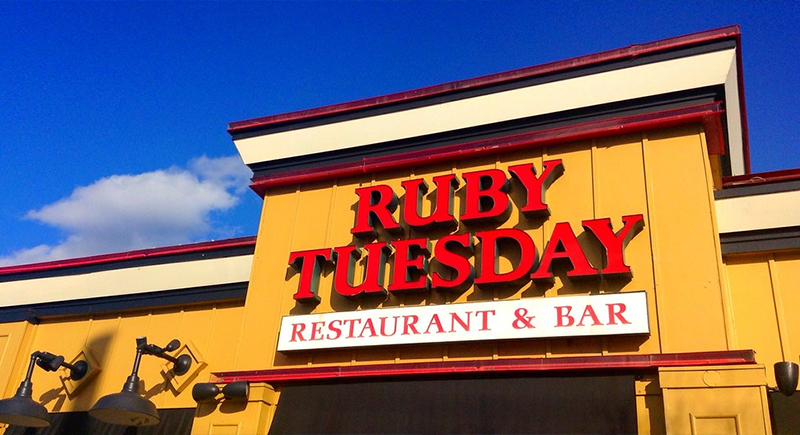
Credit: flickr
If you grew up loving Ruby Tuesday’s salad bar—a glorious spread of fresh greens, pasta salads, and croutons—you might be shocked to see how much the chain has shrunk. Once the cornerstone of suburban dining, Ruby Tuesday filed for bankruptcy in 2020 and has closed over 185 locations.
Pizza Hut
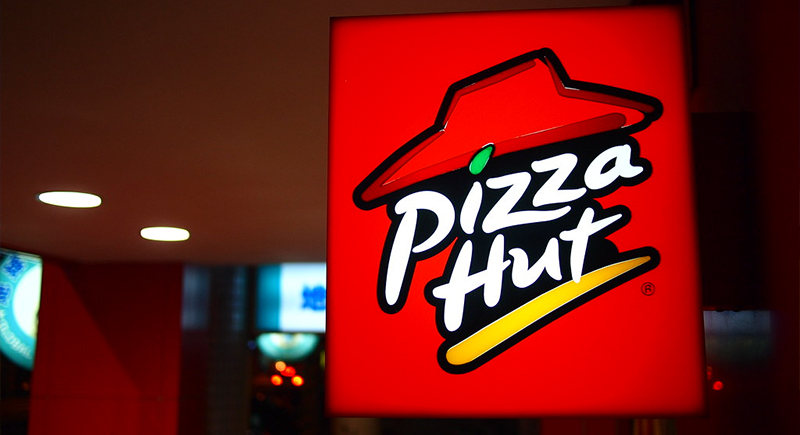
Credit: flickr
There was a time when Pizza Hut’s red-roofed restaurants were the epicenter of every town’s pizza scene. Birthday parties, family dinners, and endless salad bars were their bread and butter. Now, those dine-in spots are disappearing. In 2020 alone, 300 stores closed after franchisee NPC International filed for bankruptcy.
Quiznos
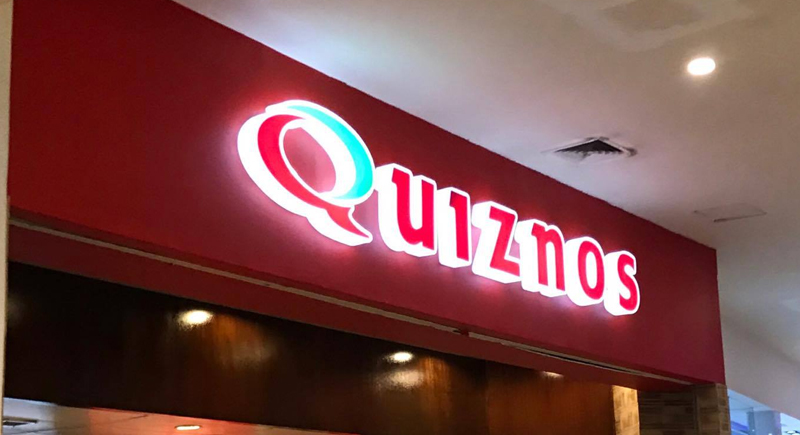
Credit: Wikimedia Commons
Quiznos was once the toast (pun intended) of the sandwich world. At its peak, the restaurant had over 4,700 locations, but there are now fewer than 200 Quiznos in the U.S. They’ve struggled to redefine their brand and left long-time fans wondering if they’ll ever see a comeback.
Jack in the Box

Credit: Wikimedia Commons
For many, Jack in the Box is all about quirky ads and late-night munchies, even though the restaurant is struggling underneath all that. By November 2024, Jack in the Box closed a total of 25 locations throughout the fiscal year. At the same time, the company has seen a net growth of 5 locations, so there may be hope for this brand’s stay after all.
Checkers and Rally’s

Credit: flickr
Checkers and Rally’s main selling point has been the simplicity of their drive-thru, along with their famously seasoned fries. Today, the fast-food industry isn’t as simple as it used to be. The chain suffered several losses during the pandemic, and their lack of dine-in is making it harder for them to stay relevant.
Steak n Shake
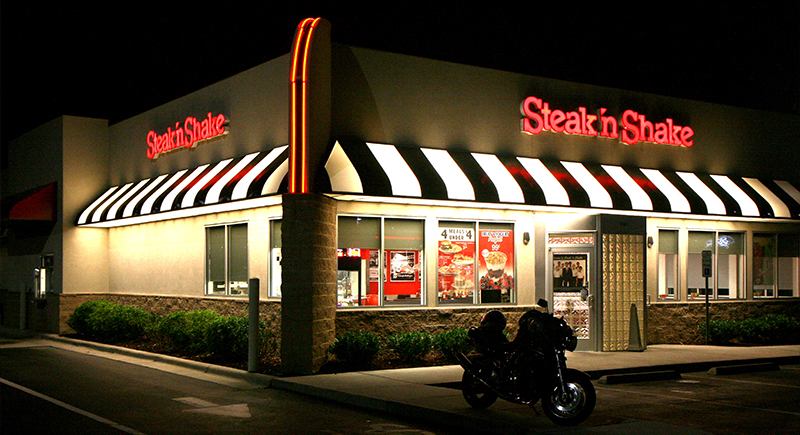
Credit: Wikimedia Commons
Steak n Shake thrived on its unique diner charm and fast-food convenience, with hand-dipped shakes and smashed-to-order burgers. However, in recent years, nearly 200 locations have shuttered as the chain grappled with mounting debt. Attempts were made to cut costs, but they’ve yet to bring back the customers.
Boston Market
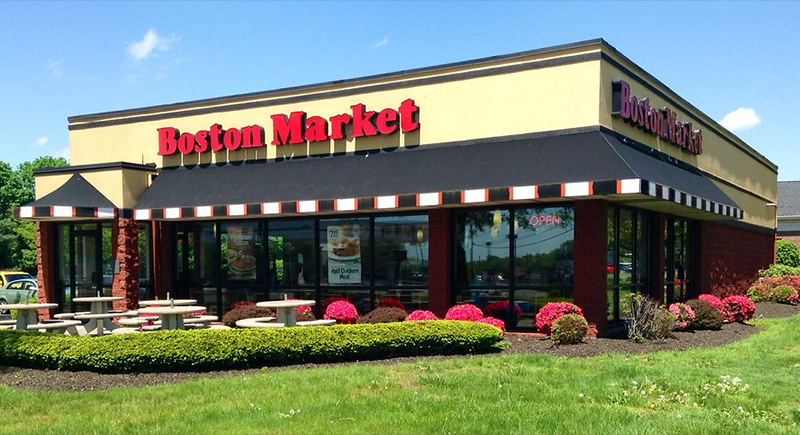
Credit: flickr
Boston Market is all about comforting rotisserie chicken and hearty sides, which may not last much longer. Despite getting a strong start in their 90s success, financial problems among franchisees led to closures and reduced the store count from over 1,100 locations to around 460 by 2015. In 2024, there are only 285 locations remaining in the U.S.
Sbarro
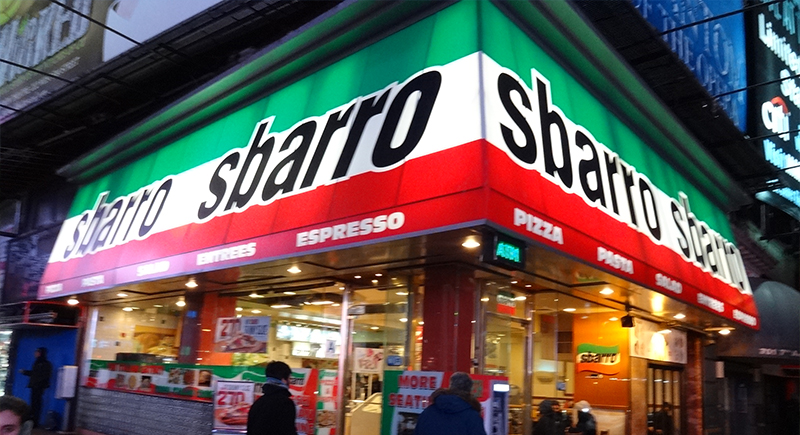
Credit: Wikimedia Commons
Sbarro rose to prominence selling pizza by the slice in mall food courts and airports. The chain filed for bankruptcy twice, in 2011 and 2014, as mall foot traffic declined. By the second bankruptcy, Sbarro had already closed 180 locations. The COVID-19 pandemic further hit sales, but the company shifted its focus to gas stations and convenience stores
Subway
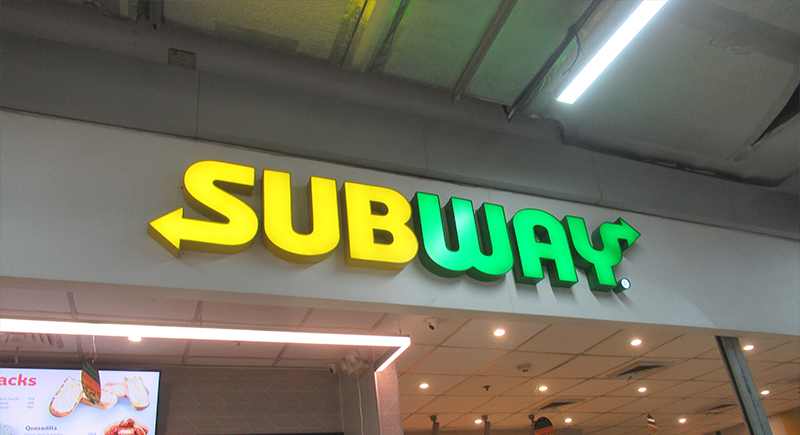
Credit: Wikimedia Commons
Subway has always been the go-to for customizable sandwiches. Reports show, however, that over 6,000 locations have closed since 2016 as the company faced complaints about declining quality and franchisee disputes. Even with a recent menu revamp, Subway feels stuck in a rut, struggling to regain its foothold in a competitive field.
BurgerIM
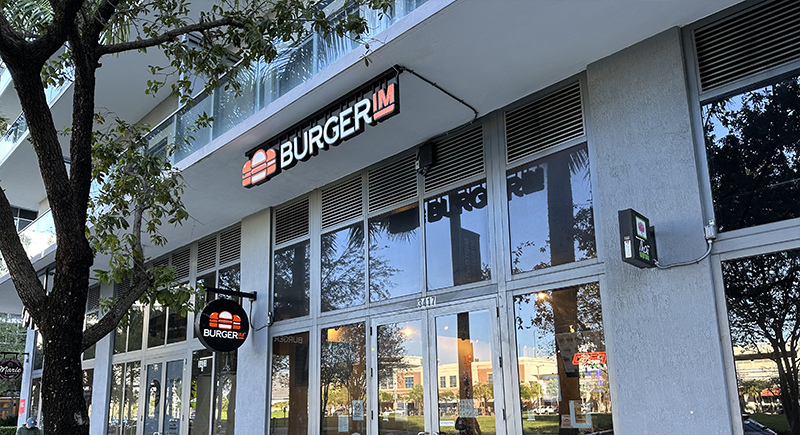
Credit: Wikimedia Commons
BurgerIM burst onto the scene with a bold concept—miniature, customizable burgers. Behind the hype was a shaky foundation. The company nearly filed for bankruptcy in 2019, with over 1,200 franchise agreements signed. Many of its locations have since closed, and with lawsuits piling up, it seems unlikely BurgerIM will make a meaningful comeback.
Pie Five
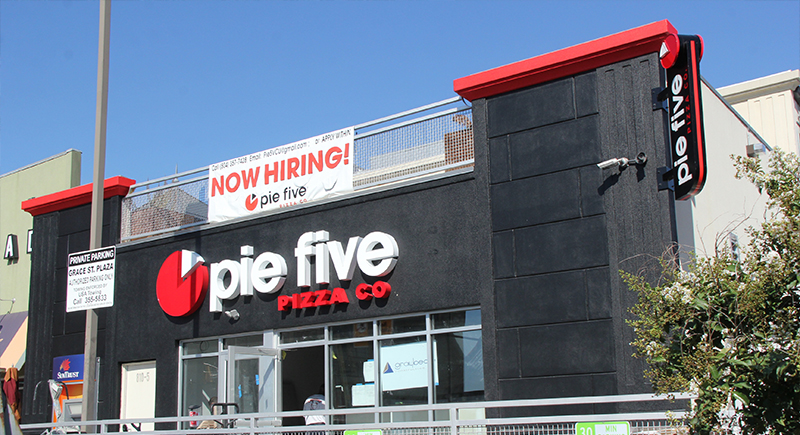
Credit: Wikimedia Commons
Pie Five’s build-your-own-pizza model was ahead of its time, but the fast-casual pizza wave didn’t pan out for them as it did for competitors like Blaze Pizza. After peaking at 100 locations in 2017, the chain dwindled to just 28 by early 2023. Without a distinct identity or clear strategy, it risks becoming another forgotten concept in a crowded pizza space.
Krispy Kreme
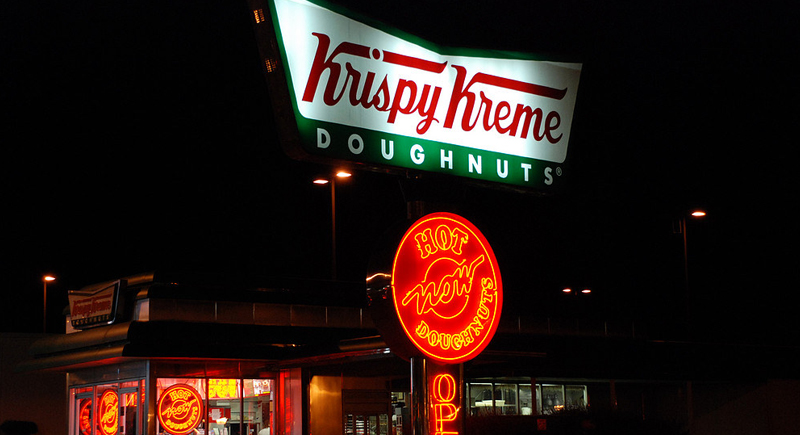
Credit: flickr
A hot Krispy Kreme donut fresh off the conveyor belt feels out of the world. Still, that hasn’t saved the company from closures. As of 2023, A 20% drop in sales resulted in the closure of one-quarter of their stores. Krispy Kreme has now turned its focus to grocery partnerships and digital sales. Essentially, its brick-and-mortar presence is steadily shrinking.
Hardee’s
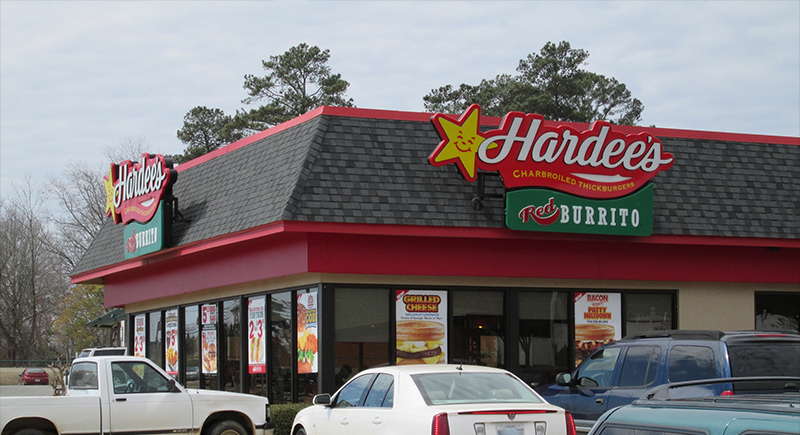
Credit: Wikimedia Commons
Hardee’s, known for its big burgers and rural presence, has faced a tough few years. A major franchisee bankruptcy in 2024 led to closures across multiple states. While the chain is working on updates to its menu and branding, Hardee’s is at risk of losing its foothold in smaller markets where it once thrived.
Noodles & Company
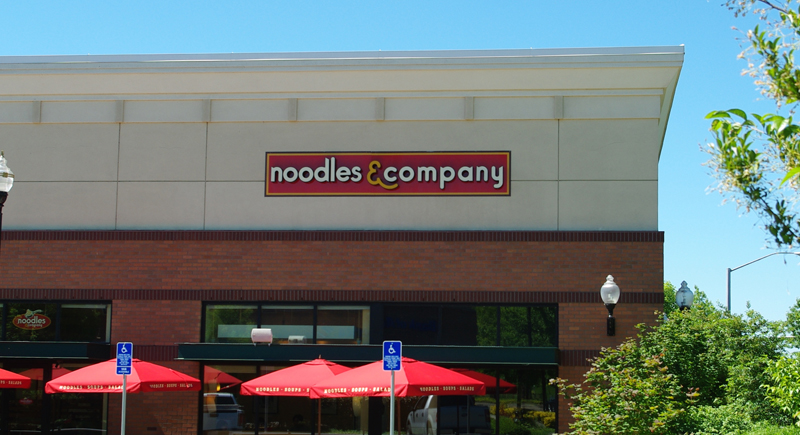
Credit: Wikimedia Commons
Noodles & Company promises customers global flavors and fresh pasta bowls as a creative idea. Their competition with rival brands like Chipotle has nonetheless been a huge struggle for them. Plus, a data breach in 2016, pandemic-related challenges, and financial losses led to closures. The company struggled to stay afloat, with only 466 outlets in operation by early 2023 from their peak of 500 in the mid-2010s.

